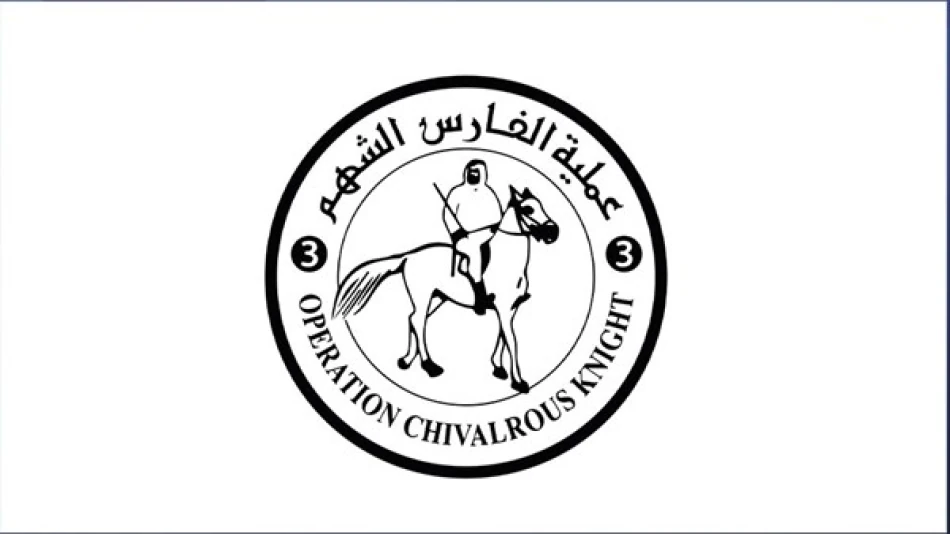
Emirati Airdrops Deliver Vital Aid to Gaza, Boosting Relief Efforts
UAE Escalates Gaza Aid Operations with Fifth Consecutive Day of Airdrops
The United Arab Emirates has intensified its humanitarian response to Gaza's crisis, conducting its 58th airdrop operation in five consecutive days as part of its "Operation Noble Knight 3" initiative. Working alongside Jordan, the UAE has now delivered over 3,787 tons of aid via air and land routes, demonstrating how Gulf states are positioning themselves as key humanitarian actors in regional conflicts while Western nations face domestic political constraints over Gaza involvement.
Dual-Track Aid Strategy Shows Operational Sophistication
The UAE's approach combines aerial drops through "Operation Birds of Goodness" with ground-based deliveries, reflecting lessons learned from previous humanitarian crises. On the same day as the latest airdrop, 41 UAE aid trucks entered Gaza through various border crossings, including 12 vehicles carrying medical supplies destined for the World Health Organization.
This dual-track strategy addresses a critical challenge in conflict zones: reaching isolated populations while maintaining steady supply lines through established channels. The coordination with Jordan—which controls key airspace and border crossings—highlights the importance of regional partnerships in bypassing traditional diplomatic bottlenecks.
Gulf States Fill Humanitarian Leadership Vacuum
The UAE's sustained operation represents a broader trend of Gulf nations assuming more prominent roles in international humanitarian response. Unlike previous conflicts where Western nations or UN agencies led relief efforts, the Gaza crisis has seen Gulf states leverage their geographic proximity, diplomatic relationships, and financial resources to deliver aid more efficiently.
Strategic Implications Beyond Humanitarian Relief
This humanitarian leadership serves multiple strategic purposes. The UAE enhances its international reputation as a responsible regional power while building practical experience in large-scale logistics operations. The 197 aircraft deployed since the initiative began represents significant operational capacity that could prove valuable in future regional crises.
The emphasis on reaching "the most affected groups" in areas that are "difficult to access by land" also demonstrates the UAE's willingness to operate in complex security environments—a capability that distinguishes it from many traditional donor countries.
Regional Coordination Model Emerges
The UAE-Jordan partnership in these operations establishes a precedent for regional humanitarian coordination that bypasses traditional international frameworks. Jordan provides crucial airspace access and border crossing facilities, while the UAE supplies funding, aircraft, and logistical expertise.
This model could reshape how humanitarian crises are addressed in the Middle East, particularly when international consensus is difficult to achieve. The success of this partnership may encourage similar collaborations in future regional emergencies, potentially reducing dependence on Western-led humanitarian organizations.
Sustained Operations Test Long-Term Commitment
The scale and consistency of the UAE's operations—58 airdrops and nearly 4,000 tons of aid—indicate this is not a symbolic gesture but a sustained commitment requiring significant resources and planning. The integration of medical supplies for international organizations like the WHO suggests the UAE is positioning itself as a reliable partner for multilateral humanitarian efforts.
This sustained approach reflects the UAE's broader foreign policy strategy of building influence through practical problem-solving rather than ideological positioning. As regional conflicts continue to strain international humanitarian systems, the UAE's model of direct, coordinated action may become increasingly influential in shaping how aid is delivered in crisis zones.
Most Viewed News

 Layla Al Mansoori
Layla Al Mansoori






